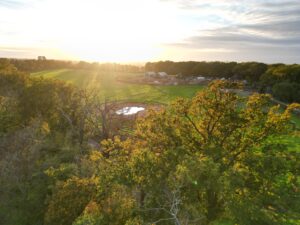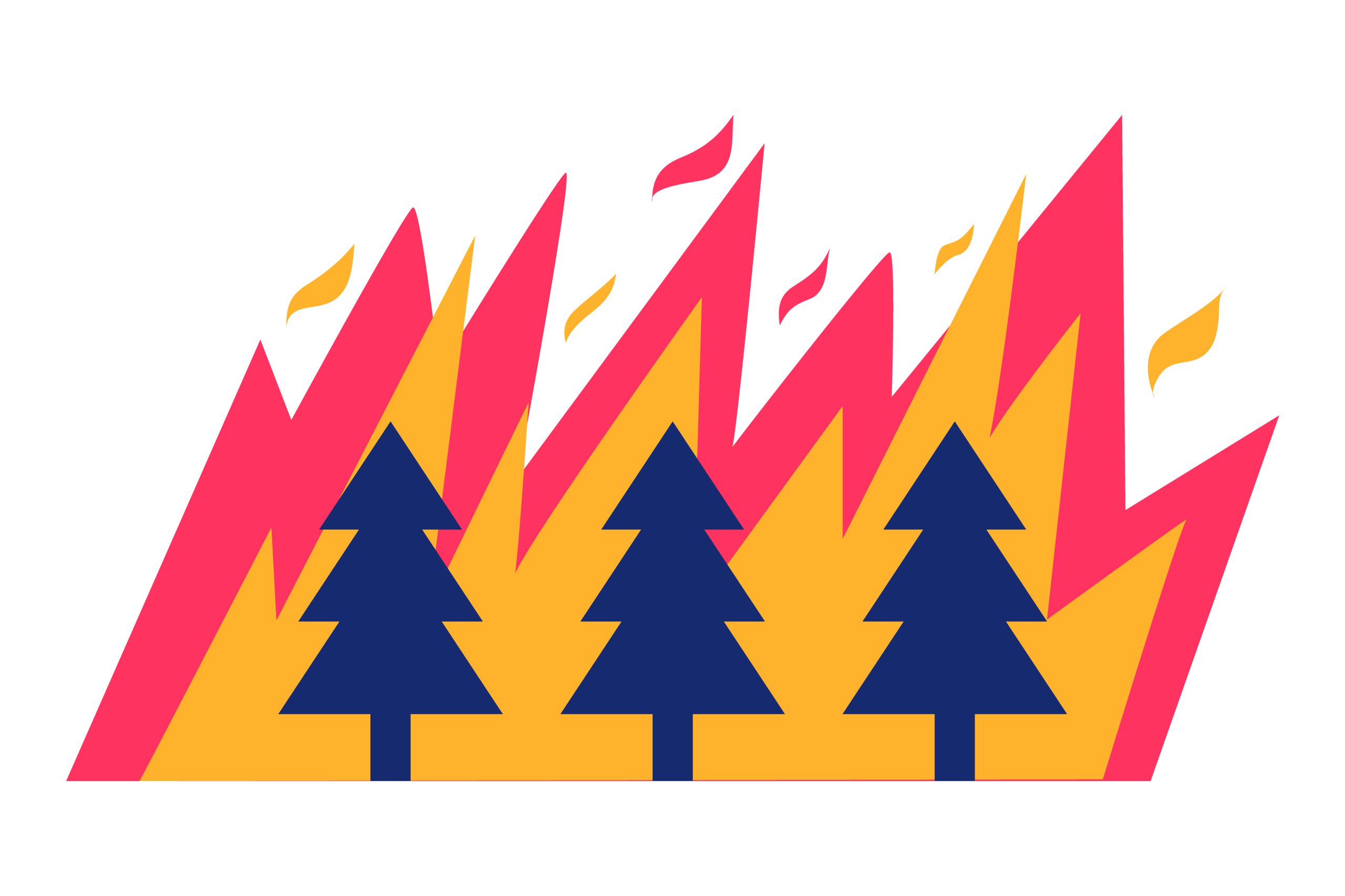Recent wildfires in many geographic regions emphasize the importance of creating landscapes that minimize the chance of fire jumping and improve fire safety. Though nothing can completely guarantee safety from fires, there are practical actions to undertake. A fire-safe landscape does not mean a landscape barren of vegetation. On the contrary, a property can still look beautiful with a selection of trees, shrubs and other plants. However, with advanced thought you can balance the design of a landscape with the risks involved to help reduce vulnerability.
Following are some simple strategies for firewise landscaping that can help protect homes and leave them more defensible against encroaching fires.
Plant type is an important consideration. While all plants should be considered flammable, some are more susceptible than others. Junipers are an example that should not be planted in wildfire-prone areas. Be sure to plan landscapes to minimize more flammable vegetation like some conifers or eucalyptus species. Additionally, avoid accumulation of dead vegetation, brown grass, or woodpiles. For the plants in your landscape, keep them healthy and green. Taking these steps significantly improves fire safety. Immediate removal of dead trees is also critical.

Opening of UK Tree Research Lab Centre & Arboretum
Bartlett is proud to announce the opening of its new state-of-the-art research laboratories and office facilities at White House Farm, Spencers Wood in the United… Read More Opening of UK Tree Research Lab Centre & Arboretum

 Thinking ‘lean, clean, and green’ for fire safety
Thinking ‘lean, clean, and green’ for fire safety
